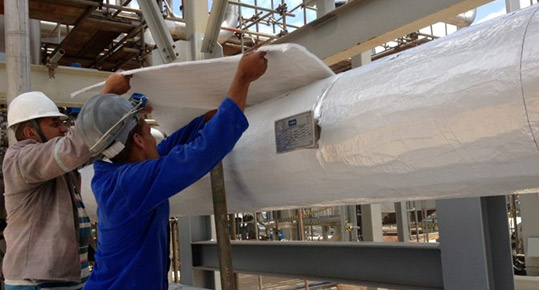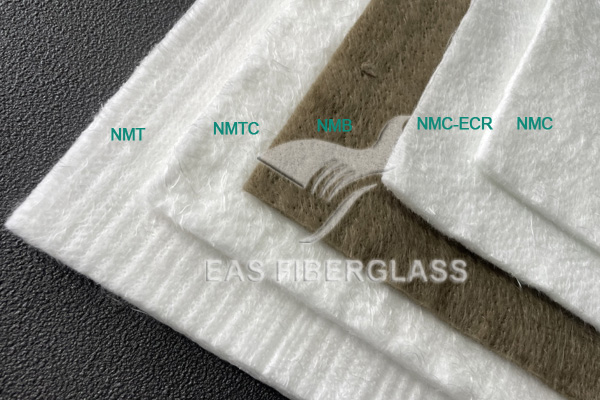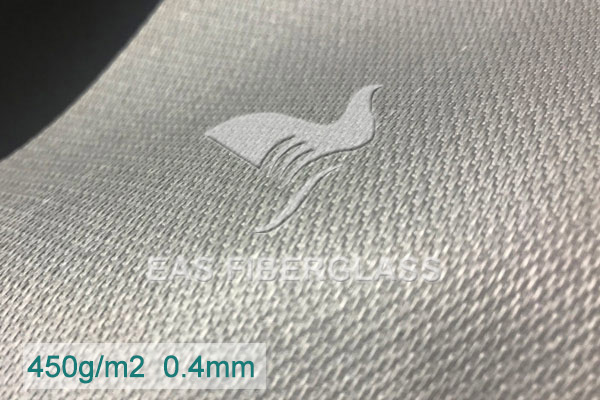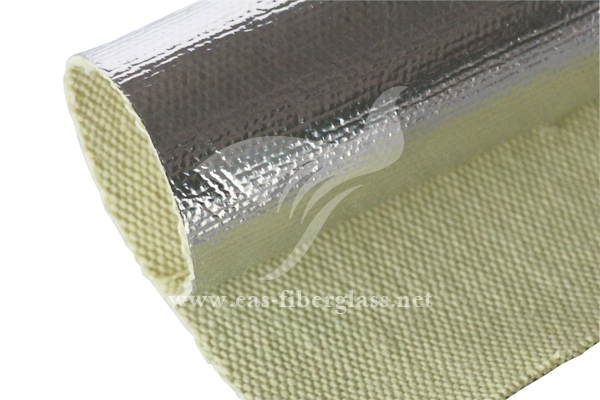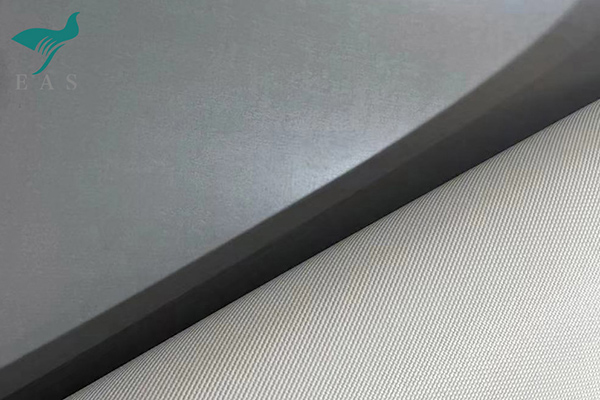|
Material
|
Temp. Range (°C)
|
Thermal Conductivity (W/m·K)
|
Water Resistance
|
Fire Resistance
|
Applications
|
Pros
|
Cons
|
|
Fiberglass
|
-50 to +260
|
0.035 – 0.045
|
Moderate (needs jacket)
|
Good (non-combustible)
|
HVAC, industrial piping
|
Economical, fire-resistant, widely available
|
Needs vapor barrier in humid areas
|
|
Elastomeric Foam
|
-40 to +105
|
0.034 – 0.040
|
Excellent (closed-cell)
|
Self-extinguishing
|
Refrigeration, chilled water, duct insulation
|
Flexible, easy to install, moisture resistant
|
Lower max temp, not suitable for high-heat applications
|
|
Polyethylene Foam
|
-40 to +90
|
0.033 – 0.040
|
Good
|
Fair
|
Domestic water piping
|
Inexpensive, lightweight
|
Flammable, limited temperature tolerance
|
|
Mineral Wool
|
Up to +650
|
0.033 – 0.045
|
Poor unless sealed
|
Excellent (non-combustible)
|
Steam pipes, industrial insulation
|
Excellent fire resistance, sound insulation
|
Water absorbent, needs vapor barrier
|
|
Calcium Silicate
|
Up to +1000
|
0.050 – 0.065
|
Good (when sealed)
|
Excellent
|
High-temp steam, petrochemical lines
|
Very durable, high compressive strength
|
Brittle, requires skilled installation
|
|
PIR / PUR Foam
|
-200 to +130
|
0.021 – 0.028
|
Excellent
|
Moderate
|
Cold chain, LNG pipelines
|
Very low thermal conductivity, lightweight
|
UV-sensitive, flammable without additives
|
|
Aerogel
|
-200 to +650
|
0.012 – 0.018
|
Excellent (hydrophobic)
|
Excellent
|
Aerospace, oil & gas, extreme temp. applications
|
Ultra-thin, highest performance insulator
|
High cost, specialty handling
|
|
Glass Wool
|
-50 to +250
|
0.032 – 0.040
|
Poor unless jacketed
|
Good
|
Building HVAC, domestic piping
|
Good thermal and acoustic properties
|
Water absorbent, needs outer protection
|








